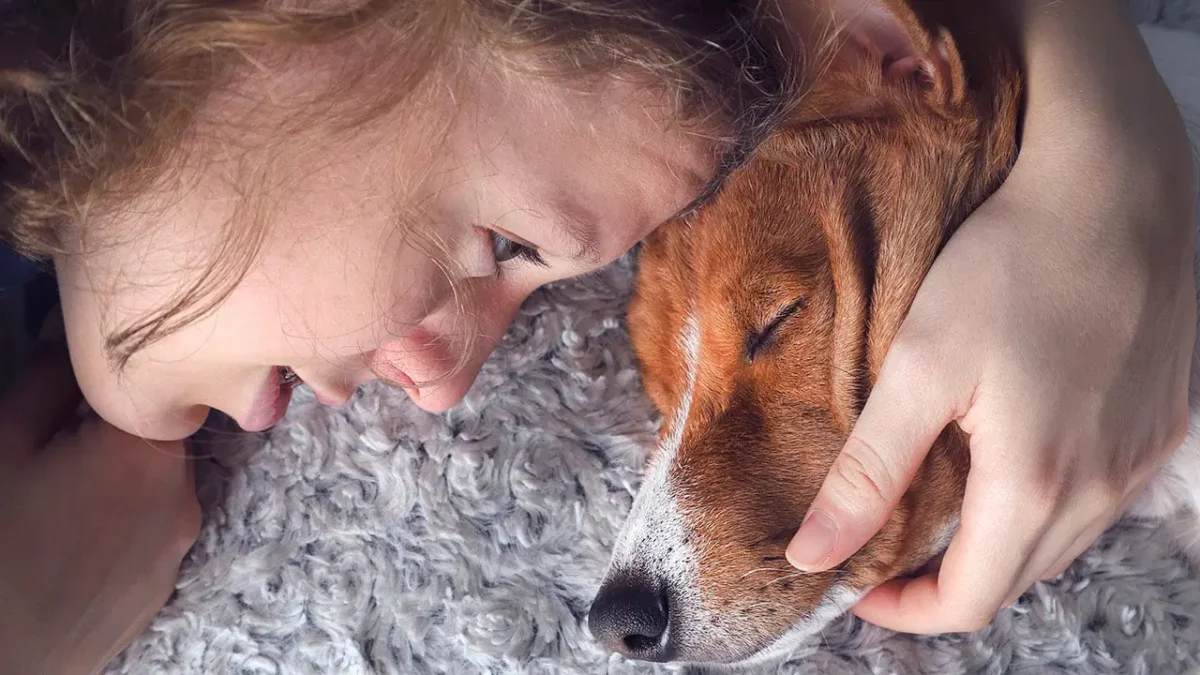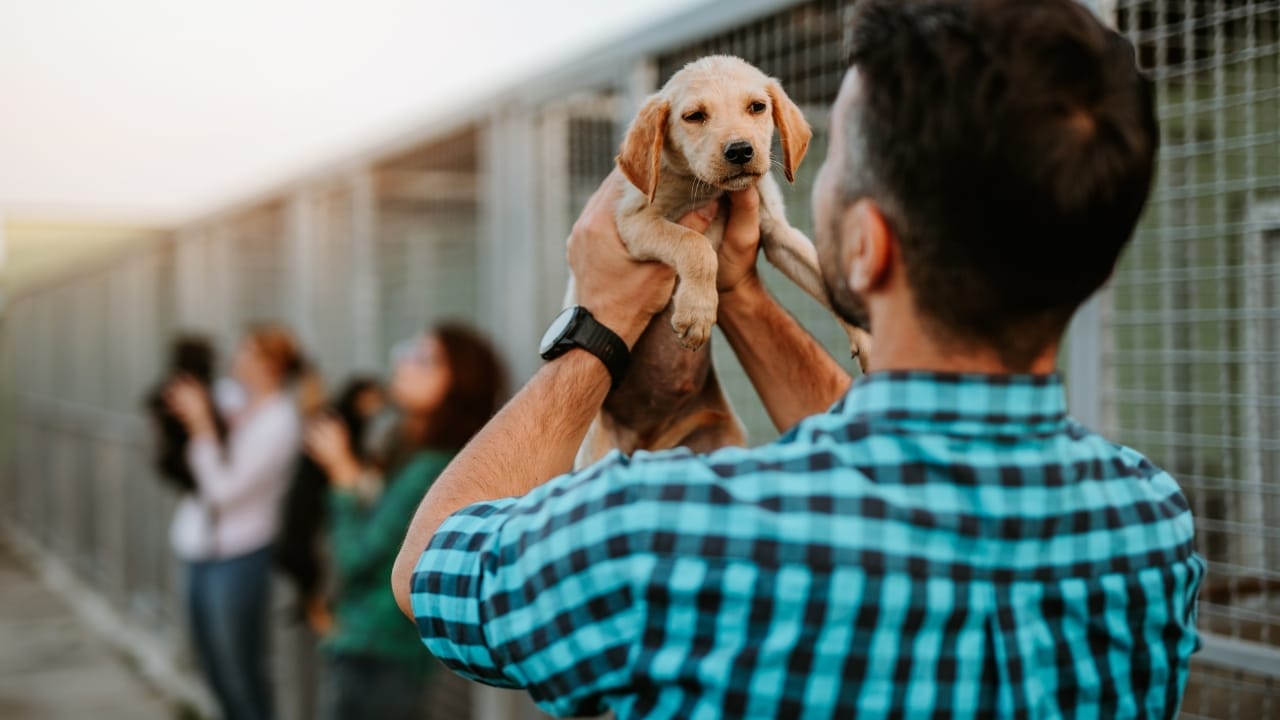Bringing a rescue dog into your home is an exciting experience. While many pet owners worry that rescue dogs may require extra care, research indicates that rescue dogs adapt well to new environments and display comparable levels of intelligence, trainability, and emotional stability as non-rescue dogs.1
With the right preparation, you can help your new furry friend adjust smoothly and thrive in their new home. So, what steps can you take to ensure a successful transition for your rescue dog?
1. Research the Dog’s Background

Understanding your rescue dog’s background, including their history, temperament, and any known behavioral issues, can help you prepare for their needs.
While shelters may not have complete information, gathering as much detail as possible allows you to anticipate challenges and provide better care. This knowledge helps in tailoring your approach to training, socialization, and interaction with your dog.
2. Gather Contact Information for Local Resources

It’s wise to be prepared by gathering contact information for local pet services such as emergency veterinary care, dog trainers, pet sitters, and dog parks.
Having these resources at hand can save time in case of emergencies or if you need additional support. Being connected to local resources can make your life easier and provide options for your dog’s care and well-being.
3. Prepare Your Home

Before bringing your rescue dog home, ensure that your living space is dog-friendly. Remove any hazards such as toxic plants, exposed wires, or small objects that could be swallowed.
Set up a comfortable area for your new dog with a bed, water, and food bowls. Having a dedicated space will help your dog feel secure in an unfamiliar environment.
4. Dog-Proof Your Yard

If you have a yard, ensure it’s secure and safe for your new dog. Check for any gaps in fences or areas that could be dangerous, such as sharp objects or toxic plants.
Rescue dogs might be unfamiliar with boundaries and could attempt to escape, so ensuring a secure outdoor space will provide peace of mind and a safe place for your dog to explore.
5. Stock Up on Supplies

Having the right supplies ready before your rescue dog arrives will make the transition smoother. You’ll need essentials like food, a collar, leash, toys, grooming tools, and waste bags.
Additionally, consider items like a crate or baby gate to create boundaries during the adjustment period. Being well-prepared reduces stress for both you and your dog.
6. Schedule a Vet Visit

A vet visit should be a priority on your list. Even if your rescue dog has had a checkup at the shelter, it’s essential to establish care with a local veterinarian.
They can assess your dog’s health, recommend vaccinations, and discuss any specific needs. This visit also allows you to develop a care plan for your dog’s future health and wellness.
7. Establish a Routine

Dogs thrive on routine, and rescue dogs, in particular, benefit from knowing what to expect in their new home. Establish regular times for feeding, walks, play, and rest.
A consistent routine helps reduce anxiety and fosters a sense of stability for your dog. The more predictable their day is, the faster they will adjust to their new surroundings.
8. Plan for Training

Rescue dogs often come from challenging backgrounds and may need training to adjust to their new environment. Planning for basic obedience training helps establish structure and builds trust between you and your dog.
Consider enrolling in a training class or working with a trainer who has experience with rescue dogs. Consistent training can address behavioral issues and help your dog feel more secure.
9. Introduce Your Family & Other Pets

If you have family members or other pets, you must plan how they will be introduced to the new dog. Gradual and controlled introductions help prevent stress and conflict.
Discuss with your family how to interact with the rescue dog, especially if they may be nervous or shy. If you have other pets, arrange for a neutral meeting space to ease the transition.
10. Prepare for Potential Separation Anxiety

Rescue dogs are often more prone to separation anxiety, especially in the initial days in a new home. Preparing for this by gradually increasing the time you spend apart and using calming aids (such as toys or white noise machines).
Creating a comfortable space for your dog when you’re away can help ease the transition. Be patient and consistent when caring for your dog as well.
Source:
Davin is a jack-of-all-trades but has professional training and experience in various home and garden subjects. He leans on other experts when needed and edits and fact-checks all articles.

